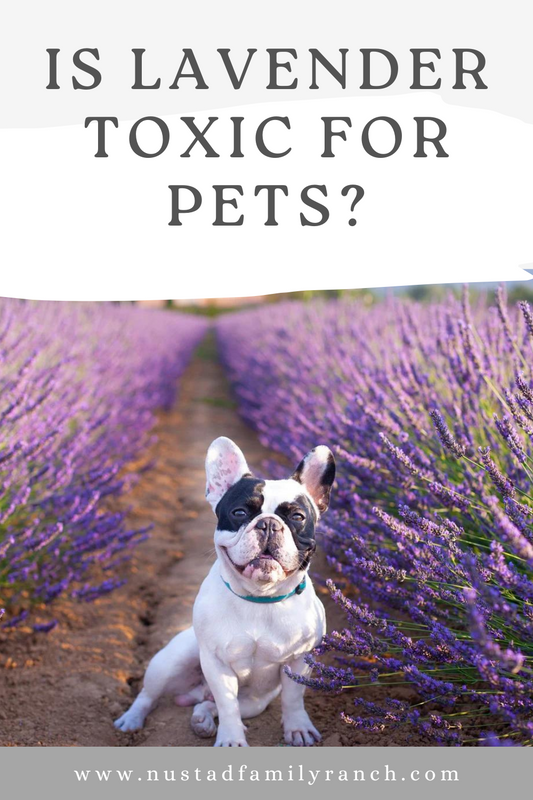Can Lavender Grow Inside? A Guide to Growing Lavender Indoors
Lavender, with its beautiful fragrance and delicate purple blooms, is a favorite among gardeners and enthusiasts alike. While traditionally grown outdoors in sunny gardens, many wonder: Can lavender thrive indoors? The answer is yes! With the right conditions and care, you can successfully grow lavender indoors, bringing its charm and aromatherapy benefits into your home year-round. In this guide, we'll explore the steps to growing lavender indoors and how to ensure its health and vibrancy.
Choosing the Right Variety
Before diving into the growing process, it's essential to select the right lavender variety for indoor cultivation. Some lavender cultivars are better suited for indoor conditions than others. Here are a few options to consider:
1. **English Lavender (Lavandula angustifolia):** This variety is well-suited for indoor growing due to its compact size and adaptability to container cultivation. Look for cultivars such as 'Munstead' or 'Hidcote' known for their fragrance and ornamental value.
2. **French Lavender (Lavandula dentata):** French lavender is another excellent choice for indoor cultivation, prized for its distinctive toothed leaves and vibrant purple flowers. It tends to be more tolerant of indoor conditions compared to other lavender varieties.
3. **Spanish Lavender (Lavandula stoechas):** While Spanish lavender can be grown indoors, it requires a bit more attention to temperature and humidity levels. Choose a compact cultivar like 'Silver Anouk' for better success indoors.
### Creating the Ideal Growing Conditions
Lavender thrives in sunny, well-drained conditions, mimicking its native Mediterranean habitat. Here's how to create the ideal growing environment for indoor lavender:
1. **Sunlight:** Place your lavender plant in a bright, sunny spot where it can receive at least six to eight hours of direct sunlight each day. South-facing windows are ideal for maximizing sunlight exposure.
2. **Soil:** Use a well-draining potting mix formulated for succulents or cacti to prevent waterlogged soil, which can lead to root rot. Adding perlite or sand to the soil mix can improve drainage further.
3. **Containers:** Choose a container with drainage holes to allow excess water to escape freely. Terra cotta pots are excellent choices as they allow for air circulation around the roots and help prevent overwatering.
4. **Temperature and Humidity:** Lavender prefers moderate temperatures between 60-85°F (15-29°C) and low to moderate humidity levels. Avoid placing lavender near drafts or heating vents, as sudden temperature fluctuations can stress the plant.
### Watering and Maintenance
Proper watering is crucial for the health of indoor lavender. Here are some watering and maintenance tips to keep your plant thriving:
1. **Watering:** Allow the soil to dry out slightly between waterings, then water thoroughly until excess water drains from the bottom of the pot. Avoid overwatering, as lavender is susceptible to root rot in soggy soil.
2. **Pruning:** Regular pruning helps promote bushy growth and prevents legginess. Trim back spent flowers and prune leggy stems to encourage new growth and maintain the plant's shape.
3. **Fertilization:** Lavender is a light feeder and typically doesn't require frequent fertilization. Apply a balanced, water-soluble fertilizer diluted to half strength once a month during the growing season (spring to early fall).
4. **Pest and Disease Control:** Keep an eye out for common indoor pests such as aphids or spider mites. Treat infestations promptly with insecticidal soap or neem oil, and ensure good air circulation around the plant to prevent fungal diseases.
### Harvesting and Enjoying Lavender
As your indoor lavender matures, you'll have the pleasure of harvesting its fragrant blooms for culinary or decorative purposes. Here's how to harvest and enjoy your lavender:
1. **Harvesting Flowers:** Harvest lavender flowers when they are in full bloom but before they start to fade. Cut stems just above a set of leaves using sharp, clean scissors or pruning shears.
2. **Drying Lavender:** To preserve lavender for culinary or crafting purposes, bundle harvested stems together and hang them upside down in a warm, dry location with good air circulation. Once dry, remove the flowers from the stems and store them in airtight containers.
3. **Aromatherapy:** Enjoy the soothing aroma of fresh lavender by placing dried flowers in sachets, potpourri, or homemade bath products. Lavender's calming scent can help promote relaxation and reduce stress in your home.
While growing lavender indoors requires attention to detail and proper care, the rewards of cultivating this aromatic herb are well worth the effort. By providing ample sunlight, well-draining soil, and careful watering, you can enjoy the beauty and fragrance of lavender year-round, adding a touch of tranquility to your indoor space. Whether used for culinary endeavors, aromatherapy, or simply as a decorative accent, indoor lavender is sure to brighten your home and uplift your spirits. Happy growing!
Don't want the headache of growing inside? Shop our dried lavender! HERE



